UPFRONT biosecurity
Protecting your crops
UNDERSTANDING
Tomato Brown Rugose Fruit Virus
Tomato Brown Rugose Fruit Virus (ToBRFV) (Tobamovirus fructirugosum) is a highly contagious plant virus that poses a significant threat to commercial growers of tomatoes, capsicums, and chillies.
Words Department of Primary Industries and Regional Development
WITH potential yield losses of up to 70% and a reduction in marketable fruit yield by 10–15%, understanding and managing this virus is crucial for maintaining healthy crops and profitable harvests.
Recent detection and importance of vigilance
ToBRFV was recently detected in South Australia in August 2024, prompting an active response from the local government. Although it has not been found in Western Australia at the time of writing, early detection and reporting are vital to protect the region’s horticulture industry.
Affected plants
The primary hosts for ToBRFV include:
• Tomato
• Capsicum
• Chilli
Additionally, certain weeds can act as reservoirs for the virus without showing obvious symptoms. For instance, ToBRFV has been found in Israel on black nightshade (Solanum nigrum) and nettle-leaved goosefoot (Chenopodium murale).
Symptoms to watch for
On fruits:
• Yellowing
• Marbling
• Deformation
• Uneven ripening
• Brown rugose (wrinkled) patches
On leaves:
• Yellowing
• Mosaic patterns
• Mottling
• Crumpling
• Deformation
Modes of transmission
ToBRFV spreads easily through various means:
• Infected propagative material: Seeds, plants for planting, grafts, and cuttings.
• Direct plant-to-plant contact : Physical contact between infected and healthy plants.
• Contaminated tools and surfaces: Tools, hands, clothes, trellis wires, greenhouse benches, and planting trays can all harbor the virus.
• Seed, plant debris, and soil: The virus can persist in contaminated soil and plant debris for months or even years, making sanitation critical.
Reporting and managing ToBRFV
Early detection and prompt reporting are essential to manage ToBRFV effectively. Commercial growers should regularly inspect their crops for symptoms and report any suspicious findings.
Infected weeds can also maintain the virus between growing seasons, acting as a persistent source of infection.
Reporting channels:
• MyPestGuide® Reporter: Available via app or online at mypestguide.agric.wa.gov.au
• Pest and Disease Information Service: Call (08) 9368 3080 or email padis@dpird.wa.gov.au
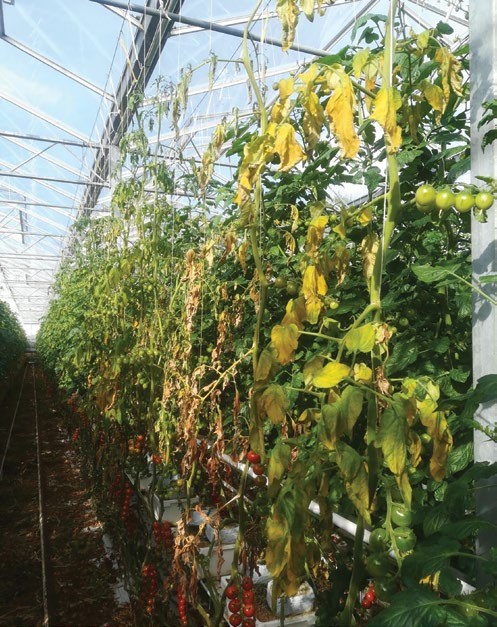
Wilting and yellowing symptoms under glasshouse conditions.
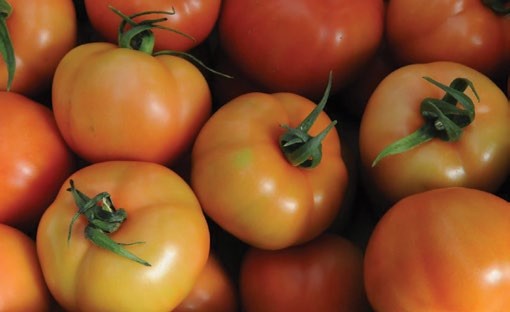
Light symptoms on tomato fruits.
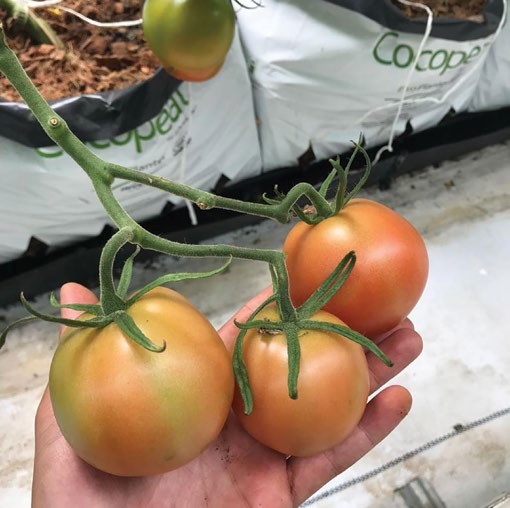
Reduced number of fruits per branch.
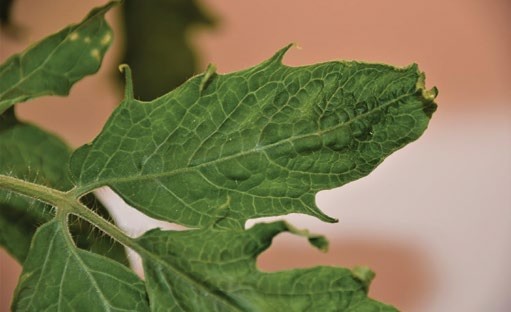
Leaf symptoms.
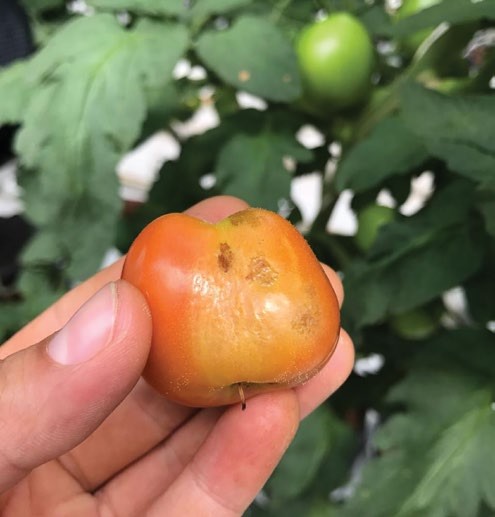
Symptoms on tomato fruit.
Conclusion
By staying vigilant and informed about ToBRFV, commercial growers can take proactive steps to protect their crops from this devastating virus. Regular monitoring, proper sanitation, and timely reporting are key strategies in safeguarding the health and productivity of tomato, capsicum, and chilli plants.
MORE INFORMATION
For more detailed information and updates, visit the Department of Primary Industries and Regional Development’s website at www.agric.wa.gov.au/tomato-brown-rugose-fruit-virus-declared-pest